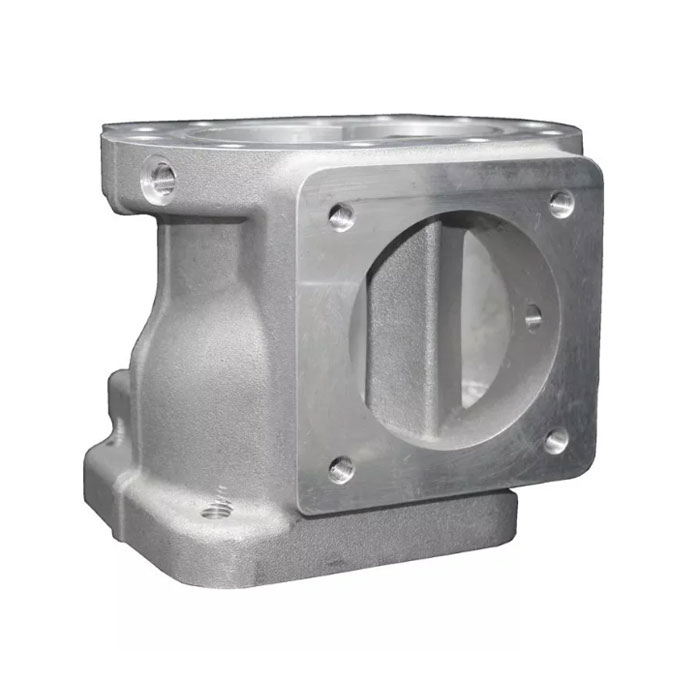How Investment Casting Achieves Intricate Designs and Complex Geometries
2025-04-03
Investment casting, also known as lost-wax casting, is a precise manufacturing process that enables the production of highly detailed metal components with complex geometries. This method is widely used in aerospace, automotive, medical, and industrial applications due to its ability to create intricate designs with excellent surface finishes.
Key Steps in Achieving Intricate Designs
1. Wax Pattern Creation
- A wax model of the final part is created using injection molding or 3D printing.
- This wax pattern replicates every fine detail and complex shape of the intended final product.
- If multiple parts need to be cast simultaneously, wax patterns are assembled into a tree structure.
2. Ceramic Shell Formation
- The wax pattern is repeatedly dipped in a ceramic slurry and coated with fine sand.
- Multiple layers are built up to form a strong, heat-resistant mold around the wax.
- This process captures every fine detail of the wax model.
3. Wax Removal (Dewaxing)
- The ceramic-coated wax assembly is heated in an autoclave or furnace.
- The wax melts away, leaving behind a hollow ceramic shell that maintains the exact shape of the original pattern.
4. Metal Pouring
- Molten metal is poured into the preheated ceramic shell by gravity or vacuum-assisted methods.
- The ceramic mold holds the fine details and ensures high accuracy in the final casting.
5. Shell Removal and Finishing
- Once the metal solidifies, the ceramic shell is broken away, revealing the metal part.
- The casting is cleaned, cut from the gating system, and subjected to finishing processes like machining, polishing, or heat treatment.

How Investment Casting Enables Complex Geometries
1. Thin Walls and Fine Details
- The precision wax patterns allow for the creation of thin-walled components and sharp features that are difficult to achieve with other casting methods.
2. Hollow and Internal Structures
- Core inserts or soluble wax cores enable the production of internal cavities, intricate passageways, and lightweight designs without extensive machining.
3. Near-Net Shape Production
- The high accuracy of investment casting eliminates the need for excessive machining, making it ideal for custom and high-precision components.
4. Complex Surface Textures and Engravings
- Logos, serial numbers, and decorative patterns can be incorporated directly into the wax model, ensuring they are accurately replicated in the final metal part.
5. Material Versatility
- Investment casting can be used with stainless steel, titanium, aluminum, and high-performance alloys, allowing for customized designs with specific mechanical properties.
Conclusion
Investment casting stands out as a high-precision manufacturing process that enables intricate designs, fine details, and complex geometries with minimal post-processing. By leveraging wax patterning, ceramic molds, and precision metal pouring, manufacturers achieve high-quality components with superior surface finishes, making investment casting an essential technique for industries demanding high accuracy and intricate designs.


